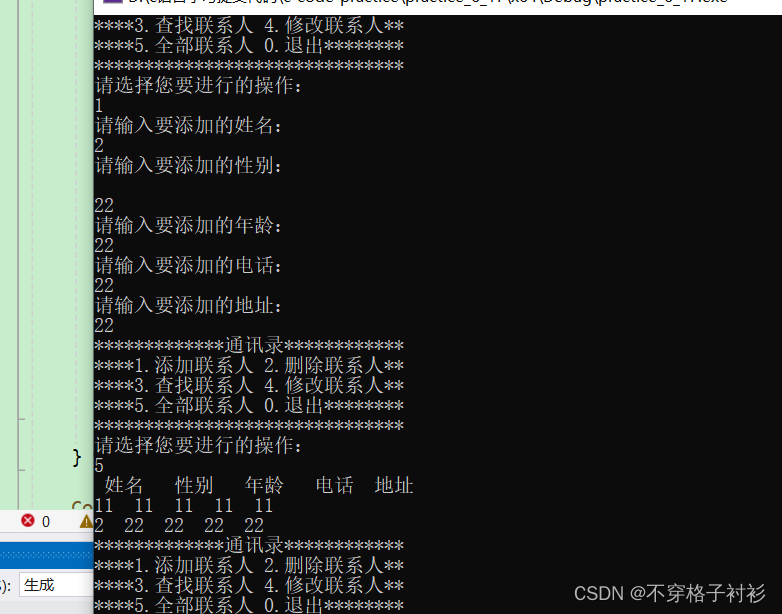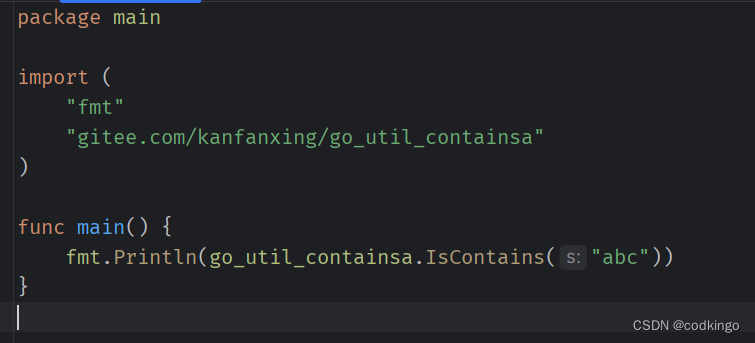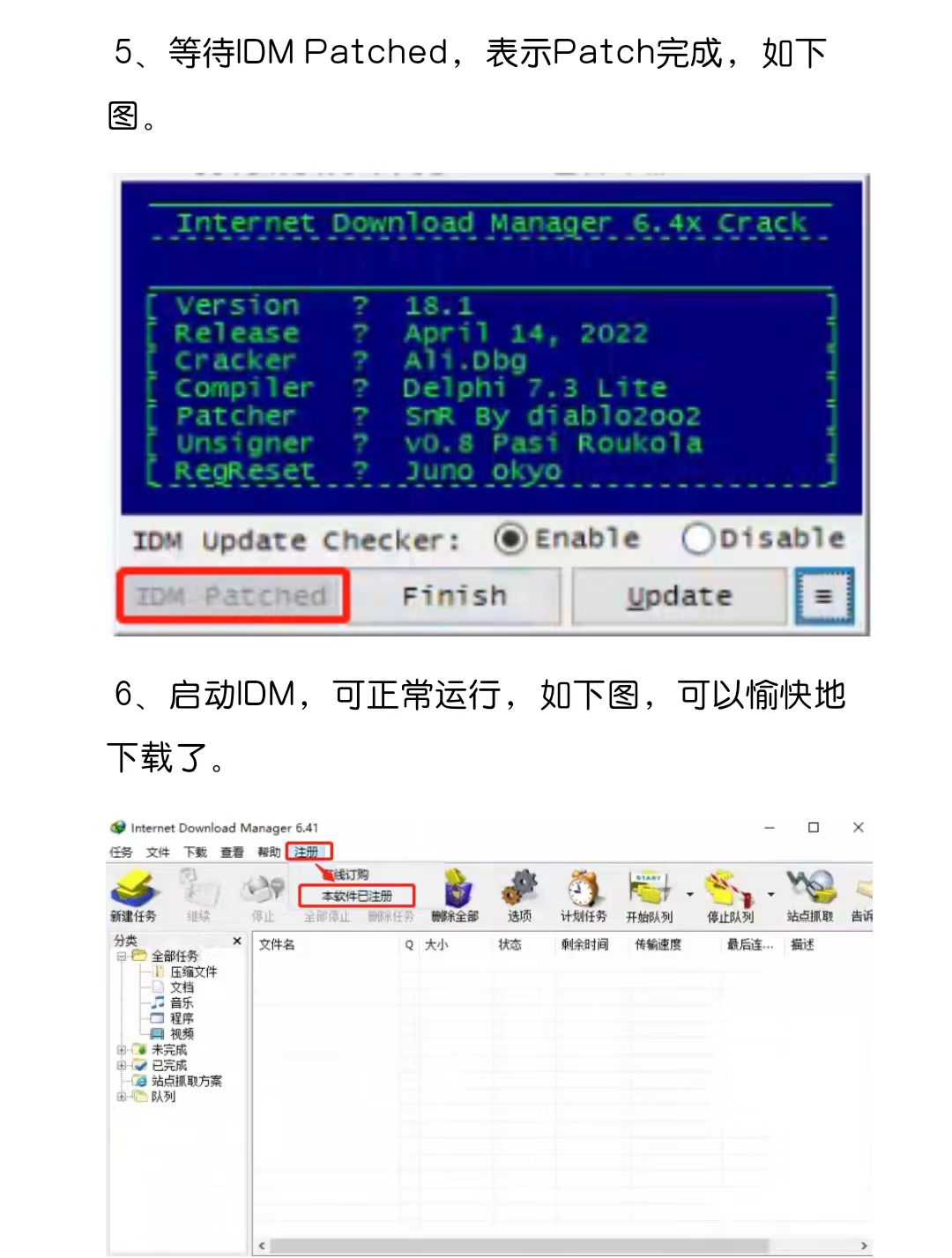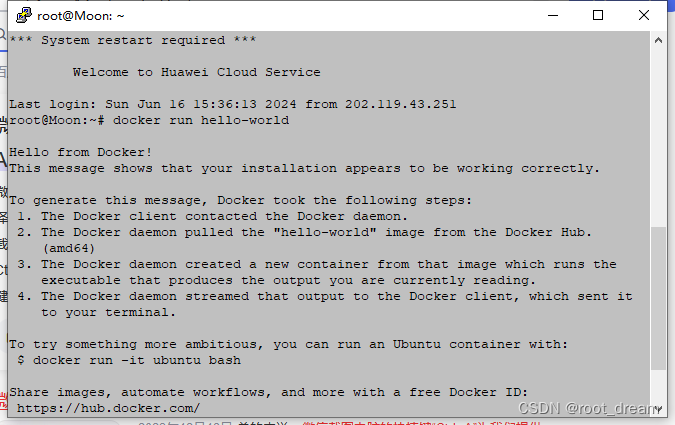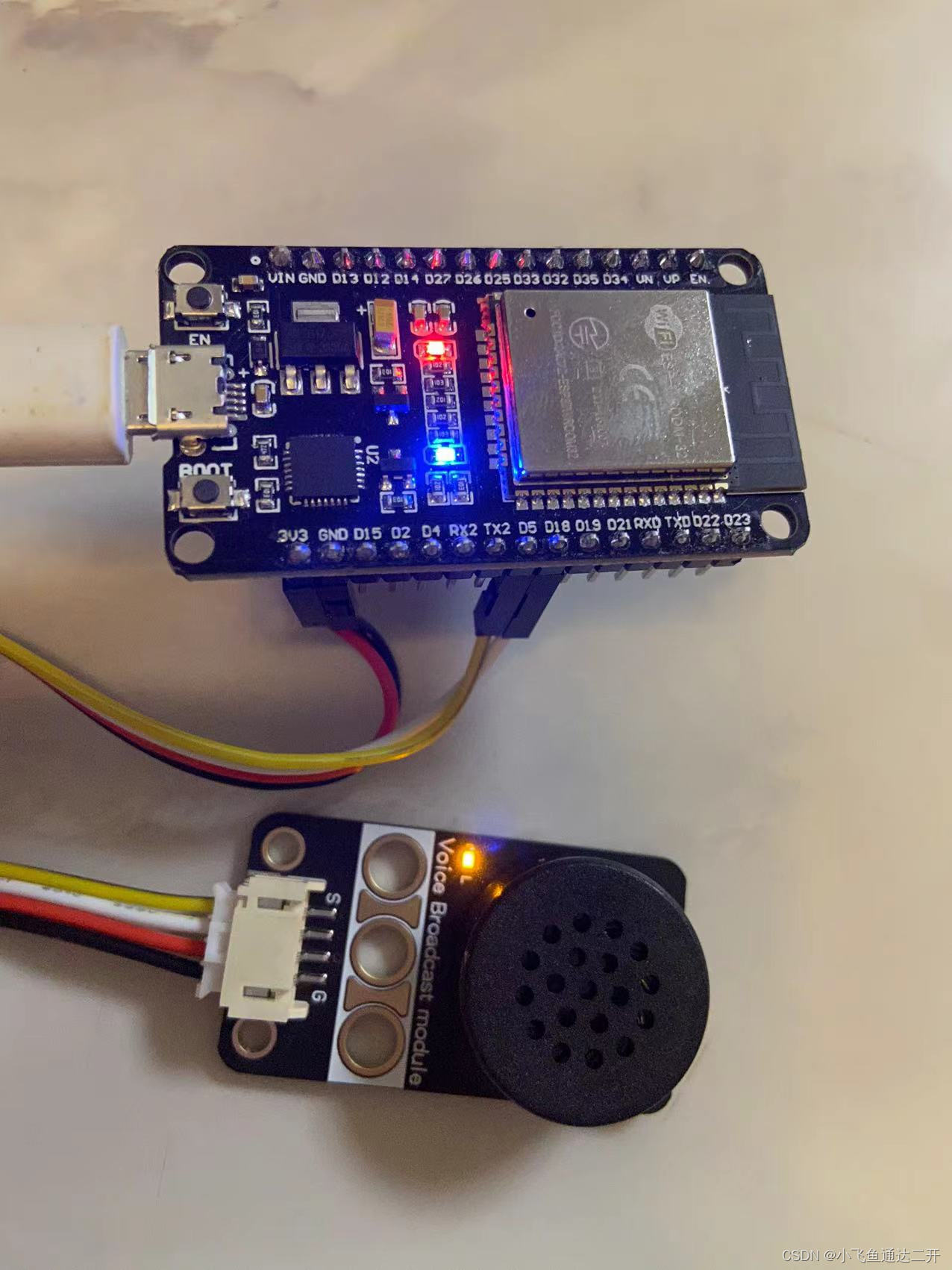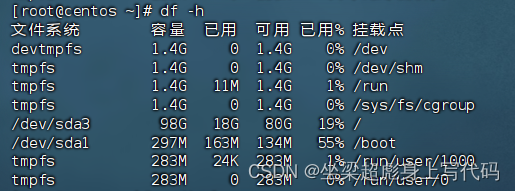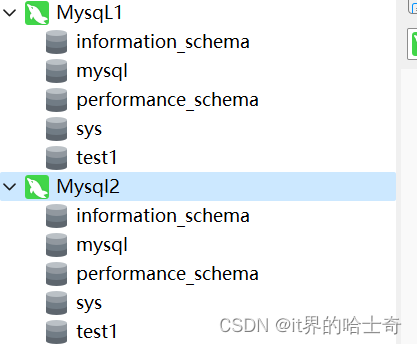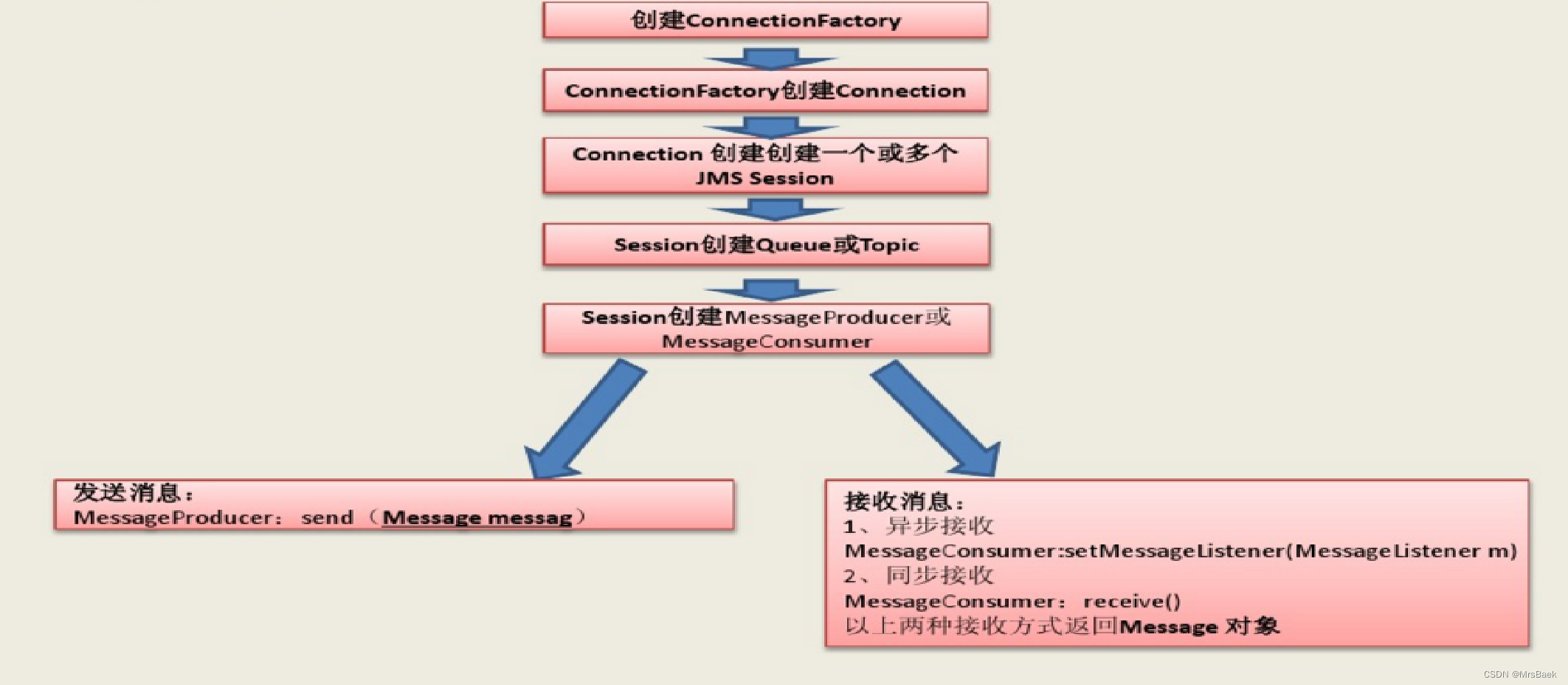
sidecar是什么意思
有时,为了使应用程序正常运行或防止用户安装额外的依赖项(例如Node.js或Python或者ffmpeg等),你可能需要嵌入依赖的二进制文件,我们将这种二进制文件称为"sidecar",中文意思就是侧边车,我们的主程序就像主驾驶的车,依赖的二进制文件就像侧边挂载的小车一样。
要捆绑你选择的二进制文件,你可以在tauri.conf.json文件中的tauri > bundle对象下添加externalBin属性。externalBin属性需要一个字符串列表,其中包含目标二进制文件的路径,可以是绝对路径或相对路径。以下是一个示例配置,用于说明配置的结构。这不是完整的tauri.conf.json文件:
{
"tauri": {
"bundle": {
"externalBin": [
"/absolute/path/to/sidecar",
"relative/path/to/binary",
"binaries/my-sidecar"
]
},
"allowlist": {
"shell": {
"sidecar": true,
"scope": [
{ "name": "/absolute/path/to/sidecar", "sidecar": true },
{ "name": "relative/path/to/binary", "sidecar": true },
{ "name": "binaries/my-sidecar", "sidecar": true }
]
}
}
}
}在这个示例中,externalBin属性包含了三个不同的二进制文件的路径,一个使用绝对路径,一个使用相对路径,还有一个使用相对路径的子目录。
对于externalBin中的每个条目,需要在指定的路径上存在一个带有-$TARGET_TRIPLE后缀的同名二进制文件。例如,"externalBin": ["binaries/my-sidecar"] 需要在Linux上存在一个src-tauri/binaries/my-sidecar-x86_64-unknown-linux-gnu可执行文件。你可以通过查看rustc -Vv命令报告的host:属性来找到当前平台的目标三重属性。
如果grep和cut命令可用,你可以直接使用以下命令从中提取目标三重属性,这些命令应该在大多数Unix系统上都可以使用:
rustc -Vv | grep host | cut -f2 -d' '在Windows上,你可以使用PowerShell来执行相同的操作:
rustc -Vv | Select-String "host:" | ForEach-Object {$_.Line.split(" ")[1]}以下是一个Node.js脚本,用于将目标三重属性附加到二进制文件的名称:
const execa = require('execa')
const fs = require('fs')
let extension = ''
if (process.platform === 'win32') {
extension = '.exe'
}
async function main() {
const rustInfo = (await execa('rustc', ['-vV'])).stdout
const targetTriple = /host: (\S+)/g.exec(rustInfo)[1]
if (!targetTriple) {
console.error('Failed to determine platform target triple')
}
fs.renameSync(
`src-tauri/binaries/sidecar${extension}`,
`src-tauri/binaries/sidecar-${targetTriple}${extension}`
)
}
main().catch((e) => {
throw e
})这个脚本会根据你的操作系统,在二进制文件的名称中附加目标三重属性。
Tauri 从 JavaScript 运行它
在 JavaScript 代码中,导入 shell 模块的 Command 类,并使用 sidecar 静态方法。
请注意,您必须配置允许列表以启用 shell > sidecar,并在 shell > scope 中配置所有二进制文件。
import { Command } from '@tauri-apps/api/shell'
// alternatively, use `window.__TAURI__.shell.Command`
// `binaries/my-sidecar` is the EXACT value specified on `tauri.conf.json > tauri > bundle > externalBin`
const command = Command.sidecar('binaries/my-sidecar')
const output = await command.execute()Tauri 从 Rust 运行它
在 Rust 代码中,从 tauri::api::process 模块导入 Command 结构体:
// `new_sidecar()` expects just the filename, NOT the whole path like in JavaScript
let (mut rx, mut child) = Command::new_sidecar("my-sidecar")
.expect("failed to create `my-sidecar` binary command")
.spawn()
.expect("Failed to spawn sidecar");
tauri::async_runtime::spawn(async move {
// read events such as stdout
while let Some(event) = rx.recv().await {
if let CommandEvent::Stdout(line) = event {
window
.emit("message", Some(format!("'{}'", line)))
.expect("failed to emit event");
// write to stdin
child.write("message from Rust\n".as_bytes()).unwrap();
}
}
});请注意,您必须启用 process-command-api Cargo 特性(Tauri的CLI会在您更改配置后为您执行此操作):
# Cargo.toml
[dependencies]
tauri = { version = "1", features = ["process-command-api", ...] }Tauri 传递参数
你可以像运行普通命令一样向Sidecar命令传递参数,如同运行普通命令一样。首先,在 tauri.conf.json 中定义需要传递给Sidecar命令的参数:
{
"tauri": {
"bundle": {
"externalBin": [
"/absolute/path/to/sidecar",
"relative/path/to/binary",
"binaries/my-sidecar"
]
},
"allowlist": {
"shell": {
"sidecar": true,
"scope": [
{
"name": "binaries/my-sidecar",
"sidecar": true,
"args": [
"arg1",
"-a",
"--arg2",
{
"validator": "\\S+"
}
]
}
]
}
}
}
}然后,要调用sidecar命令,只需将所有参数作为数组传递:
import { Command } from '@tauri-apps/api/shell'
// 或者使用 `window.__TAURI__.shell.Command`
// `binaries/my-sidecar` 是在 `tauri.conf.json > tauri > bundle > externalBin` 中指定的确切值
// 请注意,参数数组必须与 `tauri.conf.json` 中指定的完全匹配。
const command = Command.sidecar('binaries/my-sidecar', [
'arg1',
'-a',
'--arg2',
'与验证器匹配的任意字符串',
])
const output = await command.execute()这将传递参数给Sidecar命令,并执行它。

![[DDR4] DDR 简史](https://img-blog.csdnimg.cn/direct/8d31fad7a28745eb81e253606f226423.png#pic_center)

